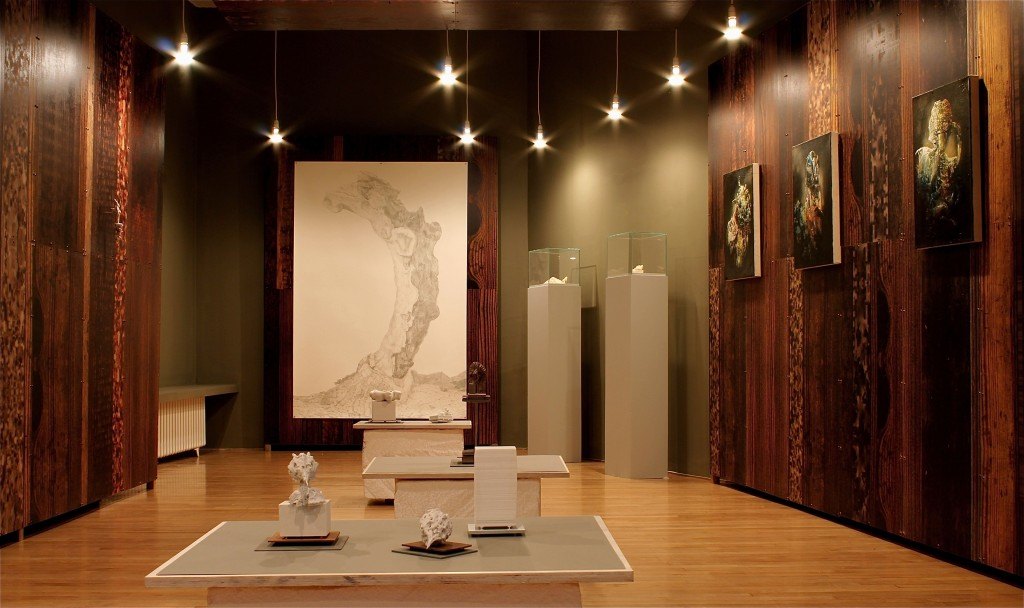News2015The Wanderer's Nightsong II at C&C Gallery, London


02.04.2015
The Wanderer's Nightsong II at C&C Gallery, London
Here in The Wanderer’s Nightsong II, the work of five artists will begin to dialogue with bastard versions of themselves, to communicate across this space: Gavin Turk, Neil Gall, Kate Atkin, Cathy De Monchaux, and Chris Hawtin.
The Wanderer’s Nightsong II; explores the relationship between artists and new forms of technological representation. Taking its title from Goethe’s classic eight-line poem scratched into the walls of a mountain lodge, the poem describes a progression from mineral through animal to human, of a natural process becoming language. The poems power lies in three simple factual statements followed by an assertion for the future, without the use of simile, metaphor or symbol, the poem is untranslatable. Ian Dawson questions ideas of technical evolution and translation through his own ambiguous 'curator' role, extending beyond curator to technician and collaborator, Dawson 'translates' the work of each artist via 3D scanning and printing into copies of themselves, asking questions of mediation, re-mediation, authorship and originality.
As we desert the lived environment for the virtual we are to believe 3D printing is part of this reality, printed gun, printed house, printed hip-joints and heart valves. A new future is upon us, one of designing and printing our own cutlery for our Sunday roast, of not having to visit Ikea ever again. Science, medicine and design seems to have many worthy and immediate applications for these technologies but the 3D print technologies have entered visual culture as the personalized kitsch novelty figurine to adorn the top of wedding cakes. And just as the photograph altered our perception of reality to include the blur, we have yet to see what the 3D scan and print will do to the art object. What new forms of blindness or 'seeing' will they induce?
The final two lines of Goethe's poem are-
Just wait soon,
You will rest too
There is a point in the not too distant future when computational power overtakes that of the human brain, a point when the baton for our evolutionary progress is fully transferred. So perhaps these last two lines signal the demise of humankind and perhaps the question that arises here is who or what is the work being made for anymore.